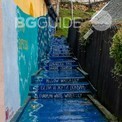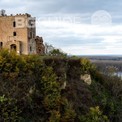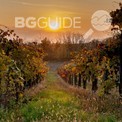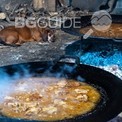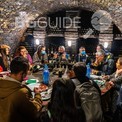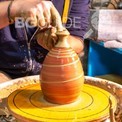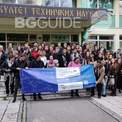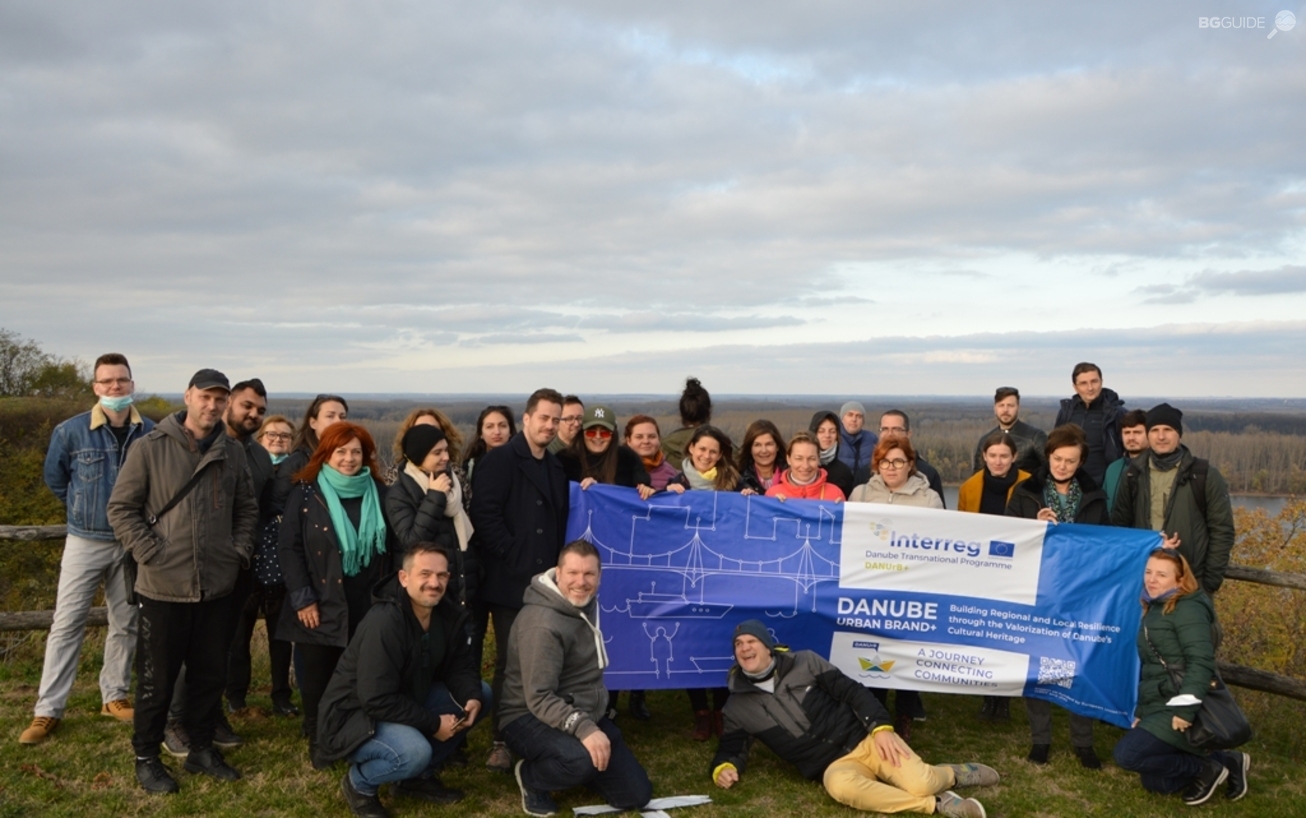
DANUrB+ Partners Shared a Study Trip along Serbia and Croatia
The cultural tours started off from the first day, dedicated to visiting the biggest municipality in Serbia and the biggest part of Novi Sad – Novo Naselje. It has 40 000 inhabitants, amazing urban structure with a lot of green spaces, and big potential for the development of cultural events and activities. Next stop was Sremski Karlovci, which is famous for its spirituality and culture of Serbia (meeting point of cultural elites, poets, and prominent personae), as well as vineyards. The first gymnasium ever to be founded in Serbia had been in the city center.
After diving into these Serbian good practices of cultural heritage, on the following day partners had several workshops in Novi Sad, hosted by the Egység Cultural Station. On focus were the DANUrB platform and its new improved design, features, and functionality, the Quality Seal and finalizing the criteria for choosing best practices for the new DANUrB International Association (DIA), development of local action plans for effective heritage valorization, as well as sharing inspiring stories for the future films. All partners expressed their interest in continuing the common work towards a sustainable development of the tourism and the heritage along the Danube. The Journey connecting communities will go on!
The Study Trip continued the third day and the partnership headed out to Croatia. One of the most significant archaeological sites in Europe about prehistory – the Vučedol Culture Museum was paid a visit. Subsequently was the best practice example of VukovART in the town of Vukovar. The project is literally transforming the visual identity of the city and makes it a nicer place to live through the so-called Outdoor Gallery, positioning it on the world of contemporary art map. The most famous symbol of unity is the Vukovar Water Tower. It was essentially destroyed by the Yugoslav forces during the Battle of Vukovar and the Croatian War of Independence as it signifies the suffering of the city, the country, and its nation.
Bata ville – Borovo Naselje is a representative of the most valuable and newly planned cities from the time of early Art Noveau in Central Europe. In 2011 it was entitled “Cultural and historical ensemble of Bata-Villa” thus adopting it under the protection of the Ministry of Culture. The journey went on to Erdut Castle. It was built in 14th century as a fishermen’s trade spot. Changing the ownership over the years, today there are leftovers of the walls and tower with a great viewpoint above the Danube River.
Afterwards, it was time for the village of Dalj. The Patriarchal Park is a monument of park culture including over 20 species of trees and shrubs. The Cultural and Milutin Milankovic Museum is the birthplace of the famous astrophysicist, astronomer, and geographer, well-known for the Milankovitch Cycles theory, which explains the Earth’s long-term climate changes in the position of the planet in comparison to the sun. The enrich program of the day ended with a city tour of Osijek, which is the largest city in the eastern part of Croatia and having the greenest areas in the country. It is famous for the European Avenue Str. with a sequence of buildings designed in Secessionist Style (early 20th century), Tvrdja (Citadel) with best-preserved Baroque buildings, etc.
11th November was St. Martin’s Day, also known as the Feast of Saint Martin (the day that the young wine matures into wine fit for drinking) and the partnership was warming up for a wine fiesta along the Baranja Region. Kopački Rit Nature Park was the first stop, as it is a unique wetlands and Europe’s largest and best-preserved floodplain forests, hosting 300 different bird species, and comprising the core zone of the future UNESCO Transboundary Biosphere Reserve “Mura-Drava-Danube” (the so-called “Amazon of Europe”). Mirkovci is an urbanely planned settlement, a great example of industrial architecture. It was meant for employees, craftsmen, and workers, who were occupied in agricultural areas around it. Being largely abandoned, today it is revitalized as tourist destination.
The Ethnological Heritage Center of Baranja in Beli Manastir holds exhibits of multicultural heritage of Baranja Region. The old Belje Wine Cellar is dug into the hill and is the biggest and most impressive in the area. It hides three levels of long halls, filled with barrels made of the finest Slavonian oak.
The Battle of Batina Monument was built in memory of the battle between the joint forces of the People’s Liberation Army of Yugoslavia and the Red Army against the units of the Wehrmacht and its allies. There is a museum dedicated to the historical event on the other side of the Danube, which was visited by the Danubians in June, 2021.
The wine tasting celebration of St. Martin went on in the Zmajevec settlement, at the Gerstmajer Winery, where Surduc (wine streets) is one of the most authentic cultural and historical treasures of Baranja. There are wine cellars (gators) dug into the soil that is always providing ideal temperature for wine keeping. In Kneževi Vinogradi, the traditional old craft pottery manufacture workshop by Asztalos Ceramics diversified the group’s experience and got them acquainted how to make objects from ceramics with accent on traditional Baranja pottery.
The journey was coming to an end. On the last day, there were several inspirational student presentations on the results of the Erasmus+ Danubian SMCs International Student Workshop. DANUrB+ partners were able to share feedback and evaluate the presented urban plans, all of them focused on the involvement of the local communities, demonstrating the valuable collaboration between the two projects.
The great experiences along the Danube would not have been materialized without the commitment of the local hosts and stakeholders, and the organizers of the whole event - New Cultural Neighborhood (Serbia) and the Nansen Dialogue Centre Osijek (Croatia).
------------------------------------------------------------------------
DANUrB+ project was launched in July 2020 to activate underused cultural heritage and resources on the peripheral and border regions along the Danube River. It is co-financed by the Interreg Danube Transnational Program 2014-2020. The expected result is to increase local development and international tourist attractiveness.
Project co-funded by European Union funds (ERDF and IPA).

